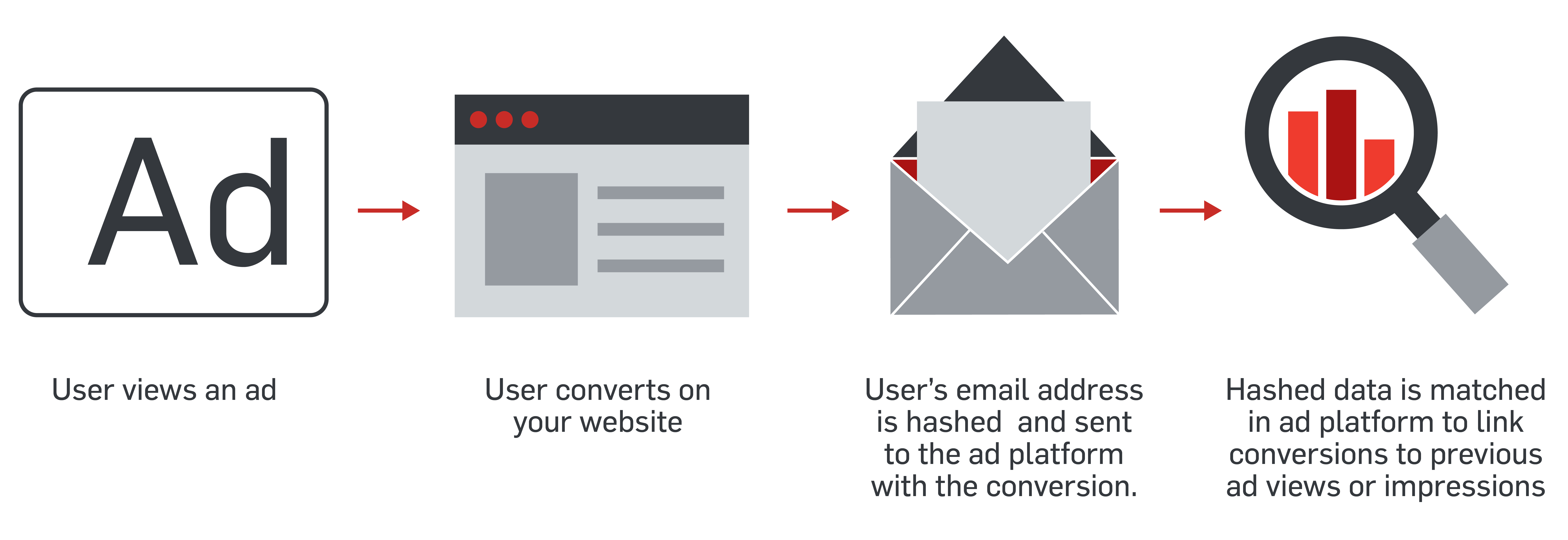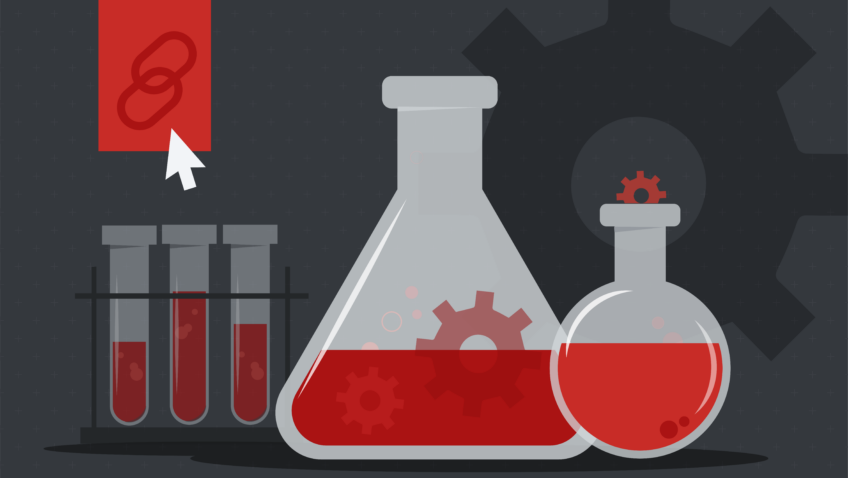Privacy-Focused Measurement
2023 Digital Priorities
Measuring the success of your organization’s marketing strategies continues to be critically important. It’s also undeniable that privacy policies and government regulations are changing how we collect and analyze data.
Consumers are holding businesses to higher standards than ever before. According to a Cisco study, 89% of people want more control over how their data is used, and the majority are willing to spend time and money to protect that data.
As consumers, we know that these developments are a good thing! They put power back in the hands of the individual. But as marketers, we must navigate changing privacy regulations, audience awareness, and new technologies.
To succeed in 2023 and beyond, your measurement strategies must be user-centric and privacy-focused—I’ve outlined three critical areas to consider on the new road to data-driven success.
Harness Control Over Data Collection and Sharing
Server-side tracking and Consent Management Platforms (CMPs) are two new ways to give your organization and audience control over what data is collected and how that data is shared with third parties.
Server-side tracking: Rather than relying on browser-based tracking and marketing pixels, server-side tracking allows your organization to control what information about your audience’s behavior is shared with third-party marketing and analytics providers. This can be configured using Google Tag Manager and allows you to tap into campaign tracking best practices like Meta’s Conversions API.
CMPs: As regulations evolve, it will likely become more common and expected for U.S.-based organizations to allow users greater control over the data collected about them on your website. CMPs like Cookiebot, Onetrust, Iubenda, Osana, or Sourcepoint facilitate this process, connecting on-site pop-ups and user preferences to back-end tracking across marketing and analytics platforms.
Leverage First-Party Data In Measurement
With moves like iOS14 and Chrome’s imminent deprecation of cookies, cookies and other browser-based identifiers will no longer tell the full story. You’ll need to supplement that information with first-party data to get a true read on audience behavior. (UPDATE: On July 22, 2024, Google reversed its decision to deprecate third-party cookies. Here’s the latest guidance from CI on this change.)
You already use first-party data for targeting (think of uploading a list of emails to reach your past ticket buyers on Meta). Now, you can use that same data to measure the success of your campaigns more accurately. For Google and Meta, this involves securely sharing user data when a conversion happens. This user data—usually an email address—is anonymized and protected using a secure one-way hashing algorithm, allowing the platforms to match that user’s conversion to ad impressions without revealing personally identifiable information. Meta calls this “Advanced Matching”; Google calls it “Enhanced Conversions.”

Leveraging first-party data in measurement can restore some data loss due to iOS14 and other recent shifts. Google’s tests show utilizing Enhanced Conversions can lead to a 17% average increase in conversion rate for Youtube and 5% for Google Search.* Meta’s case studies show an average 8% increase in the volume of conversions attributed to a campaign when using Advanced Matching.
Dig Deeper With Machine Learning
When users opt out of tracking, they cut down on how much data we can analyze—but machine learning helps fill those gaps. Google Ads, Meta Ads, and Google Analytics 4 (GA4) for website analytics offer automated tools that build upon observable data to paint a more comprehensive picture of website behavior and campaign performance.
Google and Meta Ads already incorporate modeled conversions into campaign results. When conversions are tracked without cookies or other identifiers, they cannot be tied directly to a campaign. In this case, the platforms apply advanced algorithms to consider historical data and trends. They then use this information to determine which orphan conversions were likely influenced by advertising campaigns. By including modeled conversions in results, we have a more complete understanding of our campaign’s impact and more robust data to fuel optimizations.
GA4 incorporates modeling and machine learning into several aspects of website analytics.
Data-driven attribution uses machine learning to provide a more complete view of cross-channel performance: how conversions are attributed to the campaigns and channels that brought a user to the site before conversion.
Behavioral modeling is the most impactful use of machine learning in GA4. When a consent management tool allows users to opt out of tracking, GA4 will fill in those gaps using a machine-learning model to estimate the behavior of opted-out users. This ensures we have a realistic idea of behavior on our website.
The Takeaway: Let Privacy Rule the Stage
Your data governance needs a tune-up in 2023. More than ever, marketers need to be purposeful about data collection, responsive to regulation, and respectful of their audience’s preferences. Get comfortable with representative data rather than comprehensive, and embrace tools like machine learning to flesh out your understanding of audience behavior.
It’s also important to note that navigating privacy regulations is increasingly becoming a big part of a marketer’s job, but no marketer or individual can tackle these legal and technical changes alone. Bring together internal stakeholders and external advisors to understand how your organization currently uses and collects data, and define how you want to do so moving forward.
Get Started Today
To succeed in 2023 and beyond, your measurement strategies must be user-centric and privacy-focused. Get started by implementing Google Analytics 4—you’ll need to by July 1, 2023 and CI can help!
Source: Google: Based on Enhanced Conversions customers onboarded between March 2021 – September 2021










